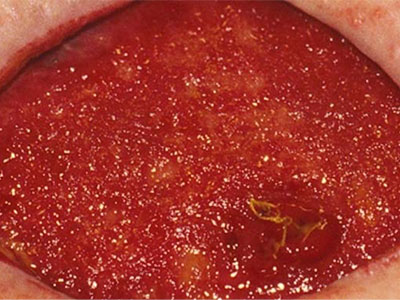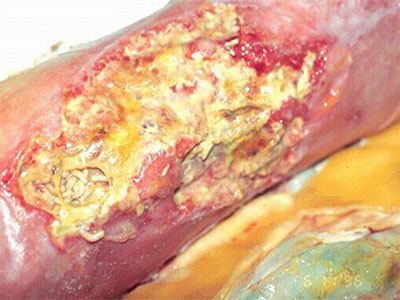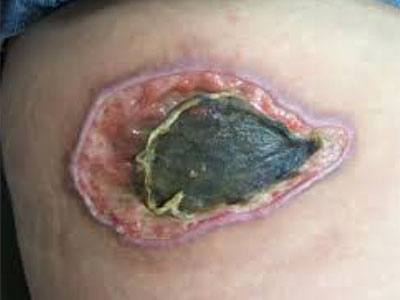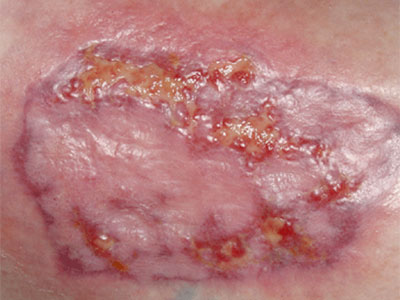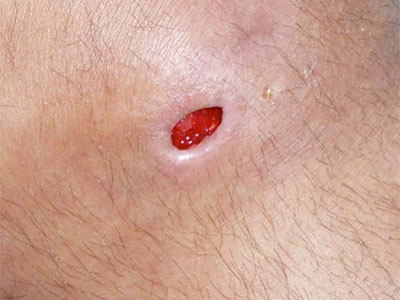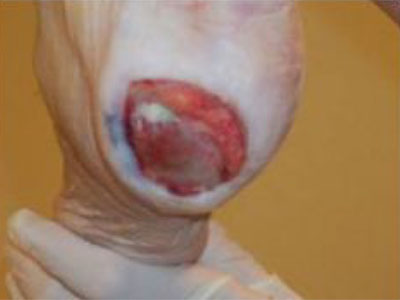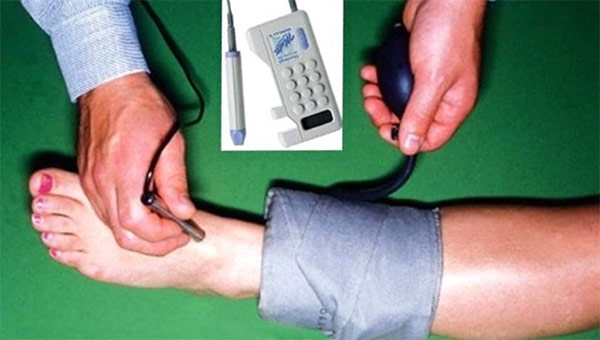Clinical Pathways for the 5 Wound Types
Choose a wound type to view the associated clinical pathways and guidelines.
Arterial Ulcer Pathway
References
Ruth A. Bryant, Denise P. Nix (2012), Acute and chronic wounds - Current management concepts (4th edition). St. Louis, MO: Elsevier Mosby
Emory University WOC Education Program (2012), Skin and Wound Module. Atlanta, GA: Emory University WOCNEC








